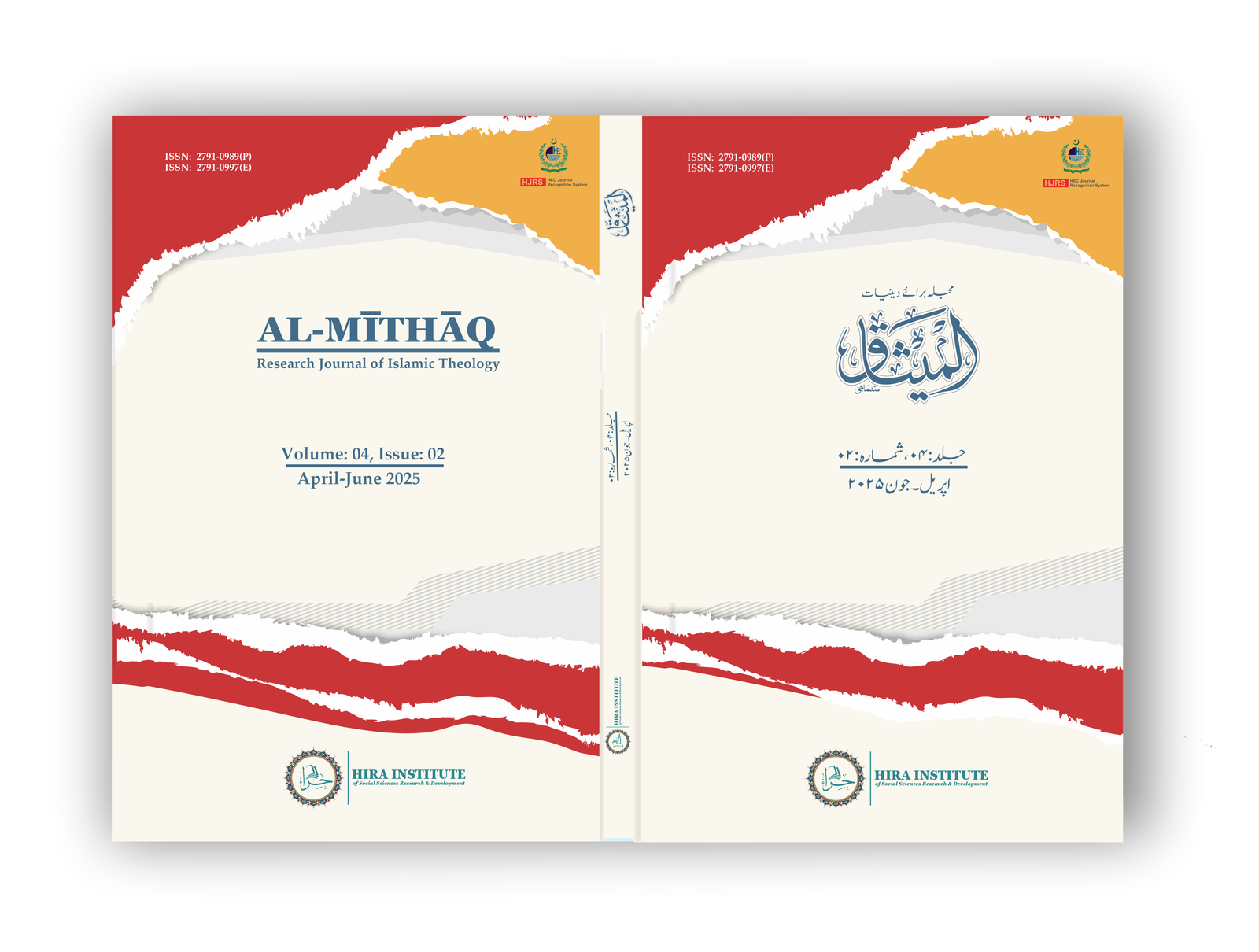An Analytical Study of Ḥadīth Discourse in Kawthar al-Nabī by ʻAbdul ʻAzīz Parhārwī
کوثرالنبی ازعبدالعزیزپرہاروی میں مباحثِ حدیث : تجزیاتی مطالعہ
Keywords:
Ḥadīth, Kawthar al-Nabī, Sub-Continent, Ḥadīth Sciences, LiteratureAbstract
The current research paper is an analytical description of the ḥadīth-related literature in Kawthar al-Nabī, a valuable but neglected composition of the 13th-century Indian sage, ʻAllāma ʻAbdul ʻAzīz Parhārwī. A multi-faceted scholar and prolific writer, Parharwi composed many books in Arabic and Persian on sundry topics. Kawthar al-Nabī betrays his intense study of Ḥadīth sciences, which had over seventy branches of ḥadīth-related studies. The paper comments on the methodology, organization, and book material of Kawthar al-Nabī, tracing Parharwi's approach to ḥadīth vocabulary, rules of Jarḥ wa Ta'dīl (evaluation of narrators for praise and condemnation), forged traditions, and legal deduction from ḥadīth (Fiqh al- ḥadīth). It discerns Parharwi’s critical examination of his forebears, his advocacy of the Ḥanafī school, and his stress on strict transmission. The paper also surveys the different manuscripts of Kawthar al-Nabī, consisting of their contents, condition, and published state. The paper speculates that Kawthar al-Nabī is one of the most systematic and inclusive ḥadīth manuals written in South Asia, but is ill-researched. The study seeks to illuminate Parharwi’s scholarly contribution and reinvigoration interest in his contributions to ḥadīth literature.







